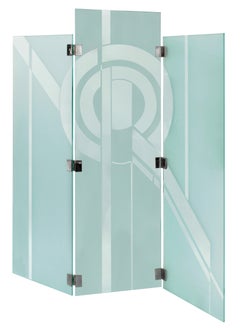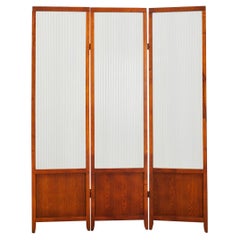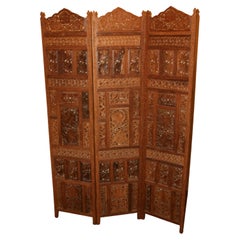Richard Schultz Home Accents
Many of today’s most popular outdoor furniture designs exist thanks to the talents of designer Richard Schultz. Working in his fluid mid-century modern style, Schultz introduced a wealth of unimposing pieces to gardens and outdoor spaces that proved highly influential in the decades that followed. The airy shapes and timeless appeal of his vintage patio furniture and other works reflect his motto: “Form follows technique.”
Born Moses Richard Schultz in Lafayette, Indiana, in 1926, he displayed an early talent for building steam engines in his family’s basement. Although he had an aptitude for engineering, Schultz's struggles with mathematics later prevented him from completing his engineering coursework at Iowa State University. He joined the U.S. Navy, working as a radio operator. Following his military service, he enrolled at the Institute of Design in Chicago.
After he graduated in 1950, Schultz traveled to Europe, where he spent the summer sketching. When he returned to the United States in 1951, he applied for a position as a designer at the furniture manufacturer Knoll Inc. It is said that Florence Knoll — the company's cofounder and a visionary designer in her own right — hired him on the spot based solely on his sketches.
At Knoll's production facilities in Pennsylvania, Schultz was initially tasked with supporting Italian-American designer and metalsmith Harry Bertoia with the Bertoia Wire collection.
Schultz’s 715 chaise longue, with its adjustable frame and signature solid wheel, paired well with Bertoia’s celebrated woven steel-wire work. It was acquired in 1963 by the Museum of Modern Art for the institution's permanent collection. Another iconic piece Schultz produced around this time was the Petal table. Its wooden “petal” tabletop and enameled metal base were inspired by the plant known as Queen Anne’s lace.
In 1966, one of Schultz’s most esteemed series, the Leisure collection (reissued in 1992 as the 1966 collection), was developed when Florence Knoll requested some outdoor furniture for her Florida home that could withstand the salty ocean air. Schultz designed a line of aluminum patio coffee tables and lounge chairs that were not only fashionable and comfortable but also wouldn't rust.
In 1972, Knoll laid off its designers as part of the company's cost-cutting measures at the time. Schultz's role was a casualty of the reorganization, and he started his design studio — Richard Schultz Design — out of a Pennsylvania farmhouse. He enjoyed success with another of his influential pieces, the Paradigm office chair, which he sold to furniture manufacturer Stow & Davis in 1978. In 2012, Knoll acquired Richard Schultz Design and reissued many of his classic works.
Schultz is recognized today for having been one of the 20th century’s most celebrated outdoor furniture creators.
Shop vintage Richard Schultz tables, seating and other furniture on 1stDibs.
Late 20th Century American Richard Schultz Home Accents
Steel
20th Century American Art Deco Richard Schultz Home Accents
Metal
1950s Vintage Richard Schultz Home Accents
Hardwood
20th Century Vienna Secession Richard Schultz Home Accents
Gold Leaf, Silver Leaf
20th Century Rustic Richard Schultz Home Accents
Wrought Iron
20th Century Richard Schultz Home Accents
20th Century French Louis XVI Richard Schultz Home Accents
Fabric, Wood
Early 1700s French Baroque Antique Richard Schultz Home Accents
Tapestry, Walnut
Mid-20th Century Unknown Richard Schultz Home Accents
Textile
Late 19th Century Indian Anglo Raj Antique Richard Schultz Home Accents
Hardwood
1970s Italian Mid-Century Modern Vintage Richard Schultz Home Accents
Bamboo
1960s American Mid-Century Modern Vintage Richard Schultz Home Accents
Iron
Mid-20th Century Belgian Hollywood Regency Richard Schultz Home Accents
Wood


